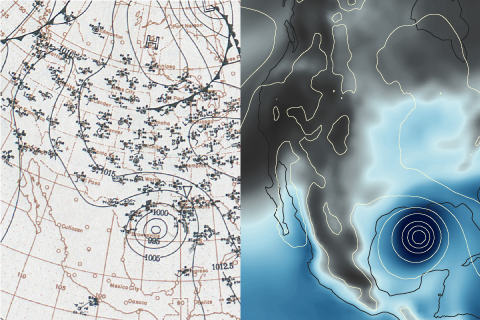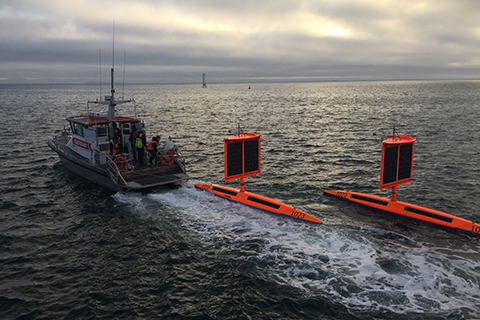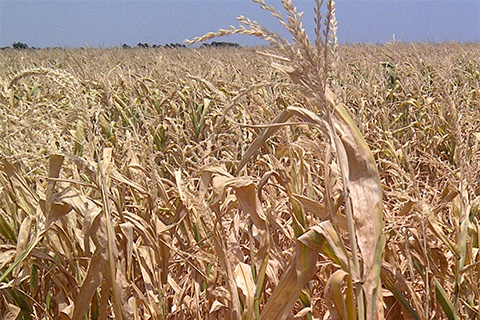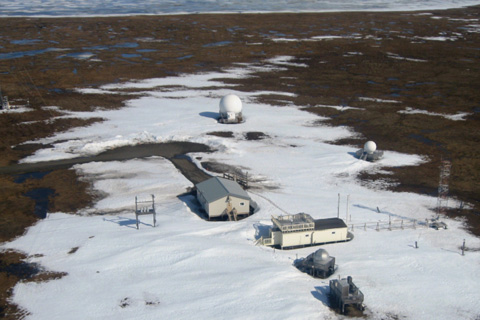
Generated by feeding historic weather observations into a modern computer forecast model, a new NOAA-funded dataset is like a time machine that reconstructs a detailed picture of the global weather every day back to 1836.

Despite a run-in with an iceberg and the world’s worst sailing conditions, Saildrone 1020 successfully completed its 13,670-nautical-mile journey around Antarctica, and indicated that parts of the Southern Ocean emit carbon dioxide in winter.

Drought is about more than lack of rainfall. A new tool keeps track of another major player: how thirsty the atmosphere is.

Thanks to warming winters and thawing permafrost, Arctic soil microbes are churning out carbon dioxide well after the end of the growing season ends. This extra source of atmospheric carbon may accelerate a regional warming trend that is already twice as fast as the global average.
Among the changes, the Arctic tundra is now releasing more carbon dioxide to the atmosphere than it stores.